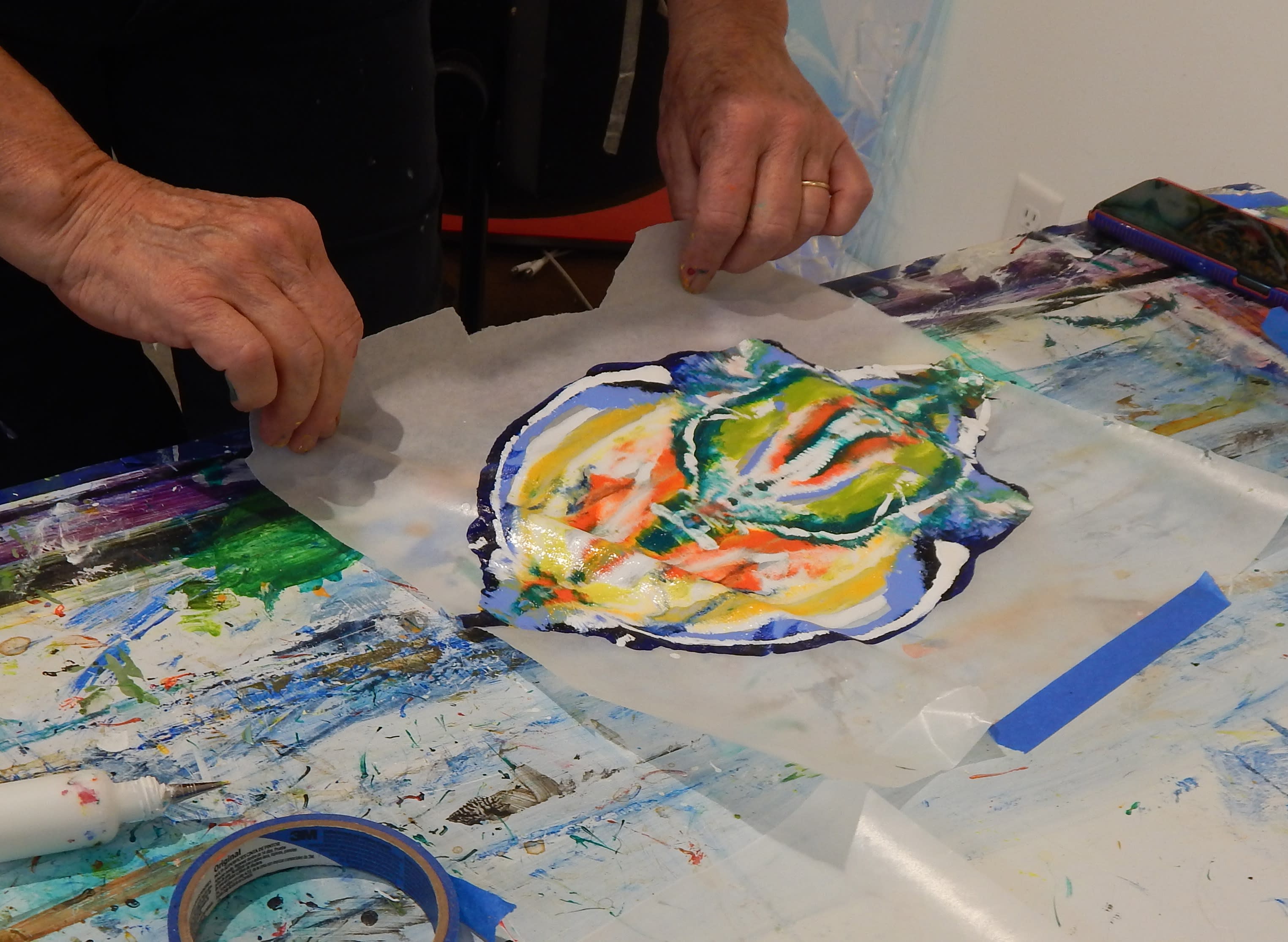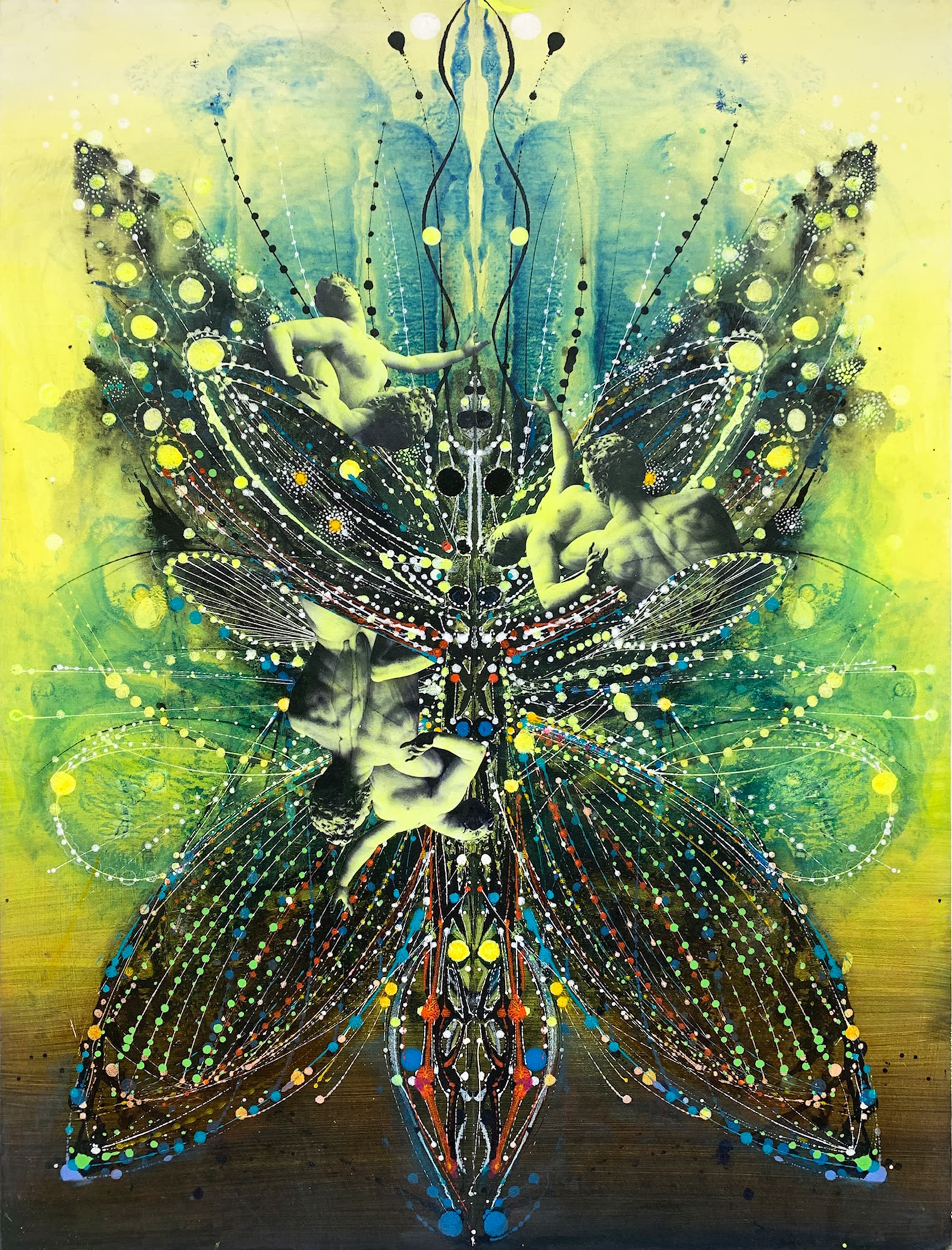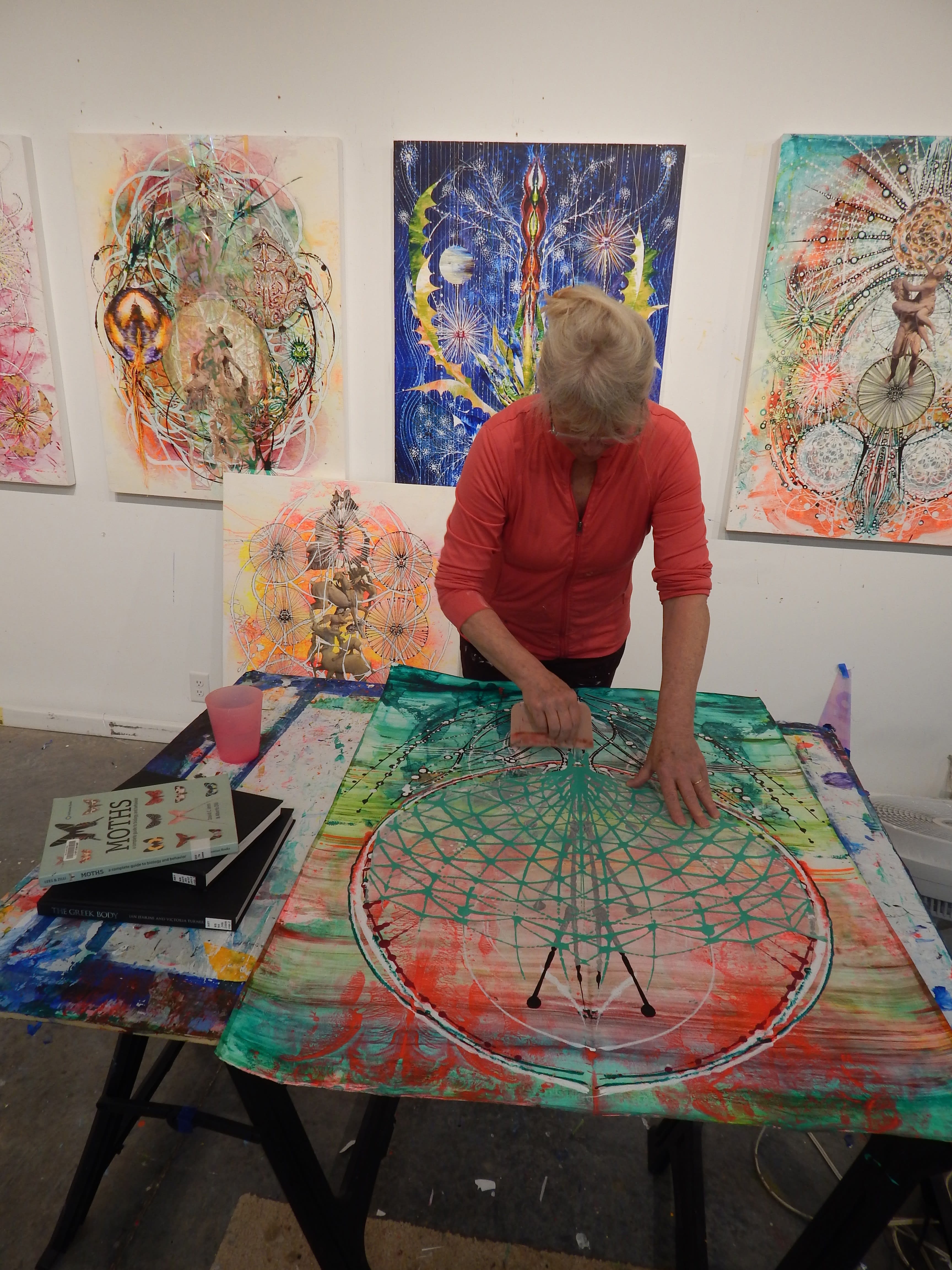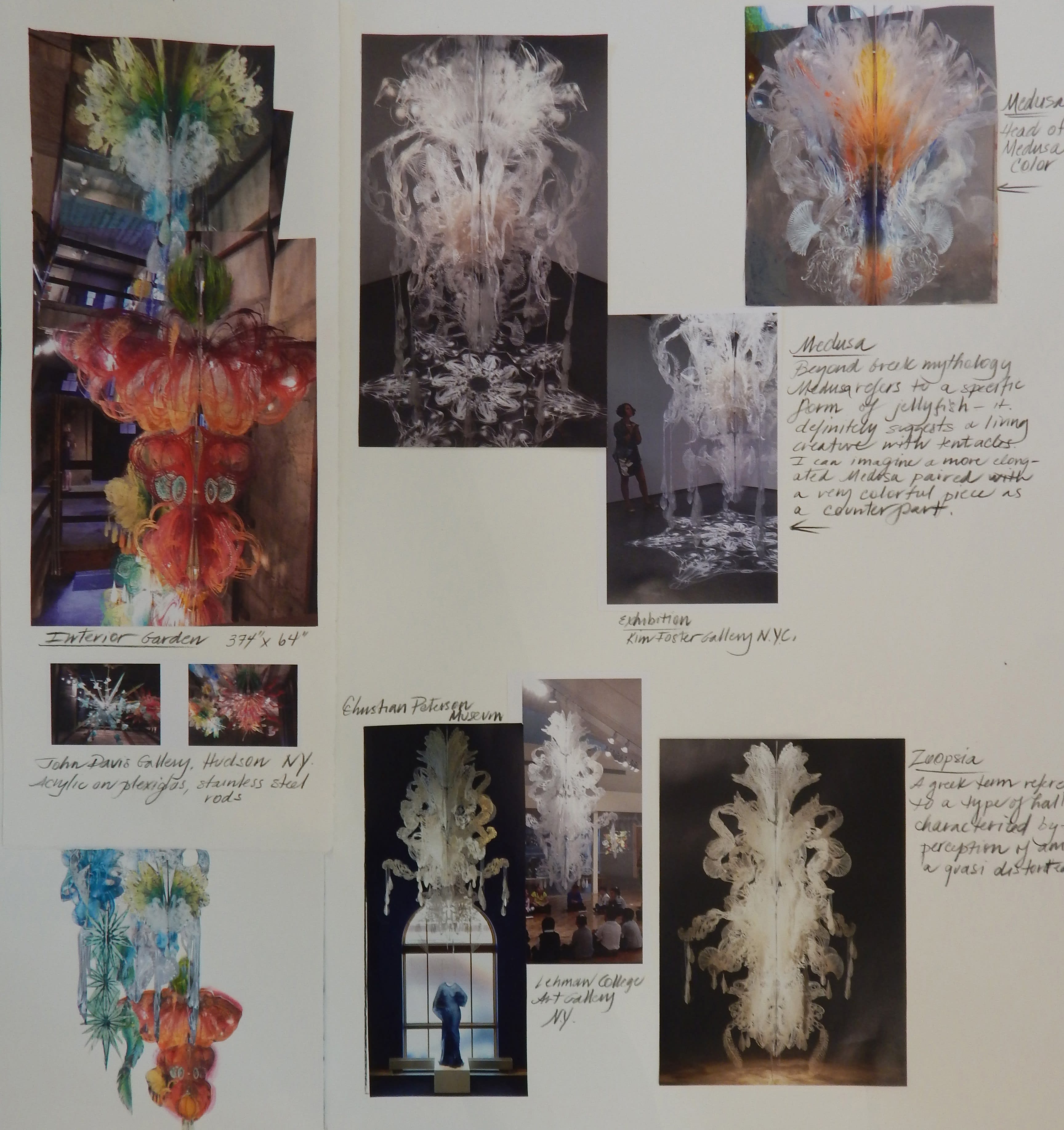
We sat down with Iowa City-based artist and long time educator Susan Chrysler White to inquire about where she draws her artistic inspiration from, her advice to young artists, and her uniquely instinctual and explorative painting technique. Her solo exhibition with Cura Contemporary, Between Pattern and Pulse, will be on view September 6 - October 26, 2025.
Meet Susan at the Opening Reception of her solo show on Saturday, September 6th from 4-6PM! Share a meal with her during the next of our Dinner with an Artist series on September 6th at 6:30PM, experience her unique painting techinique yourself during her Beginning Acrylic workshop on Sunday, September 7th from 10AM-5PM, and attend her artist talk (both in person and remotely!) on October 8th from 6-7:30PM. Learn more about Between Pattern and Pulse’s programming here!
If you could describe your work in one sentence, what would it be?
Creating is how I uncover what has shaped me—from the intricacies of color, pattern and nature to the layered complexity of human connection and my deep spiritual roots.

Your process seems so rooted in discovery, rather than pre-planned design. How does the physical act of layering, cutting, and arranging materials influence the final outcome, and what role does chance play in shaping the narrative of each piece?
My work is deeply rooted in process and discovery. While the act of making is intuitive and exploratory, I find myself consistently drawn to bilateral symmetry—it’s something embedded in my psyche in a way I don’t fully understand. I often begin by creating a kind of controlled chaos, deliberately disrupting any sense of preciousness. From there, I walk the process back, experimenting with ways to apply and move paint. I rarely use brushes; instead, I mix paint in small bottles, squeeze it directly onto the surface, and manipulate it using glassine. I pour paint between layers, fold the paper, or press and pull it to reveal unexpected forms. Each step is both intentional and somewhat improvisational.

Your newest body of work includes collaged images of historical sculptures. Can you talk about these new references and how you began incorporating them into your paintings?
I have long been drawn to certain Baroque sculptures, a passion that began during the years I lived in Rome, teaching at the Tyler School of Art, just in front of the Borghese Gardens—home to many of these works. Recently, I began incorporating these sculptures—especially the Stag and Four Hounds from Herculaneum—into my work as symbolic language. The four dogs attacking the deer became, for me, an image of the violence and predation present in our own time. Similarly, mythological figures such as Daphne and Apollo, and Persephone, speak to themes of pursuit, transformation, and power—both personal and political.

How long does the full process of creating a painting from concept to completion take, and how do you know when a piece is finished?
I tend to work fast, driven by a kind of urgency or impatience. I’m always reaching for something I can’t quite name, and if it doesn’t emerge, I cover it, cut it out or begin again. Like many painters, I know a piece is finished when it just feels right, when nothing more can be added without losing something essential.

What keeps you inspired to create?
Creating is not something separate from life—it is how I live in the world. After more than 50 years of making work, the act of painting, drawing, and making sculpture has become a kind of lens: it helps me process experience, ask questions, and stay awake to beauty and complexity. It’s less about seeking inspiration and more about remaining open, alert to what might emerge.

How has your teaching career played a role in your identity as an artist and creative practice? What advice would you give to an artist working on finding their artistic voice?
I taught painting and drawing for 38 years full time at different universities—Cooper Union in NYC, Tyler School of Art in Philadelphia and in Rome, Carnegie Mellon, and the University of Iowa. I loved teaching, I loved interacting with students (both undergrad and graduates) but my work and my children and partner were always my center core. Now that I have retired, I do miss the intense group critiques with all of those amazing students.
It’s hard at first, there are so many influences out there, particularly now with easy access to everyone’s work online. Dig deep for your own personal voice, however quirky or seemingly “uncool,” mine it, don’t edit, have fun making your work, try everything that comes to you as you build your visual vocabulary. Mine your own history, who are you? As you begin to really feel connected to what you are making, don’t ask for input-you will begin to gain insight and confidence into your voice, then work fearlessly and TRUST YOUR INSTINCTS! Keep a visual journal, draw everything all of the time when you are not in a studio or room working, it will become a reservoir for your ideas.

